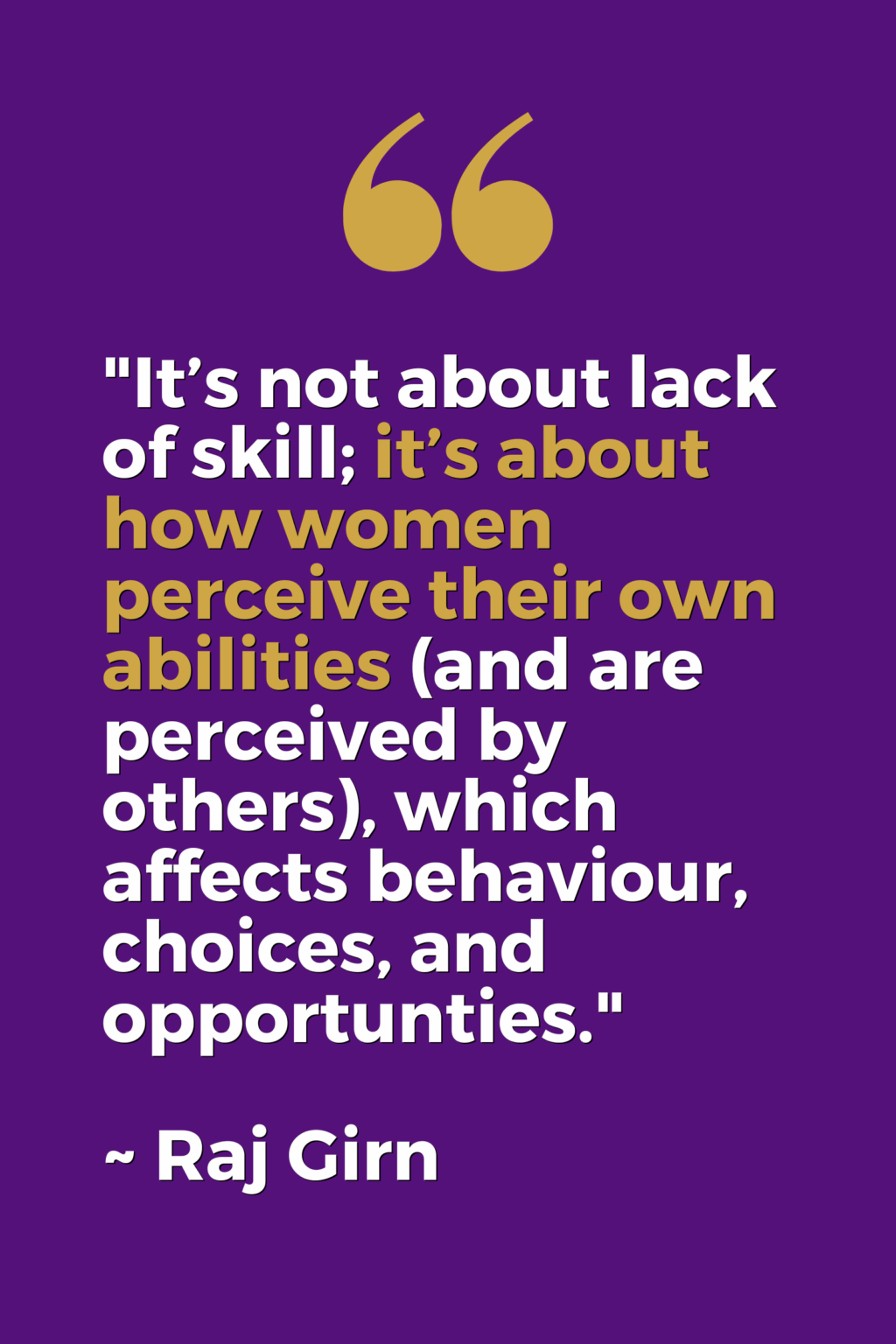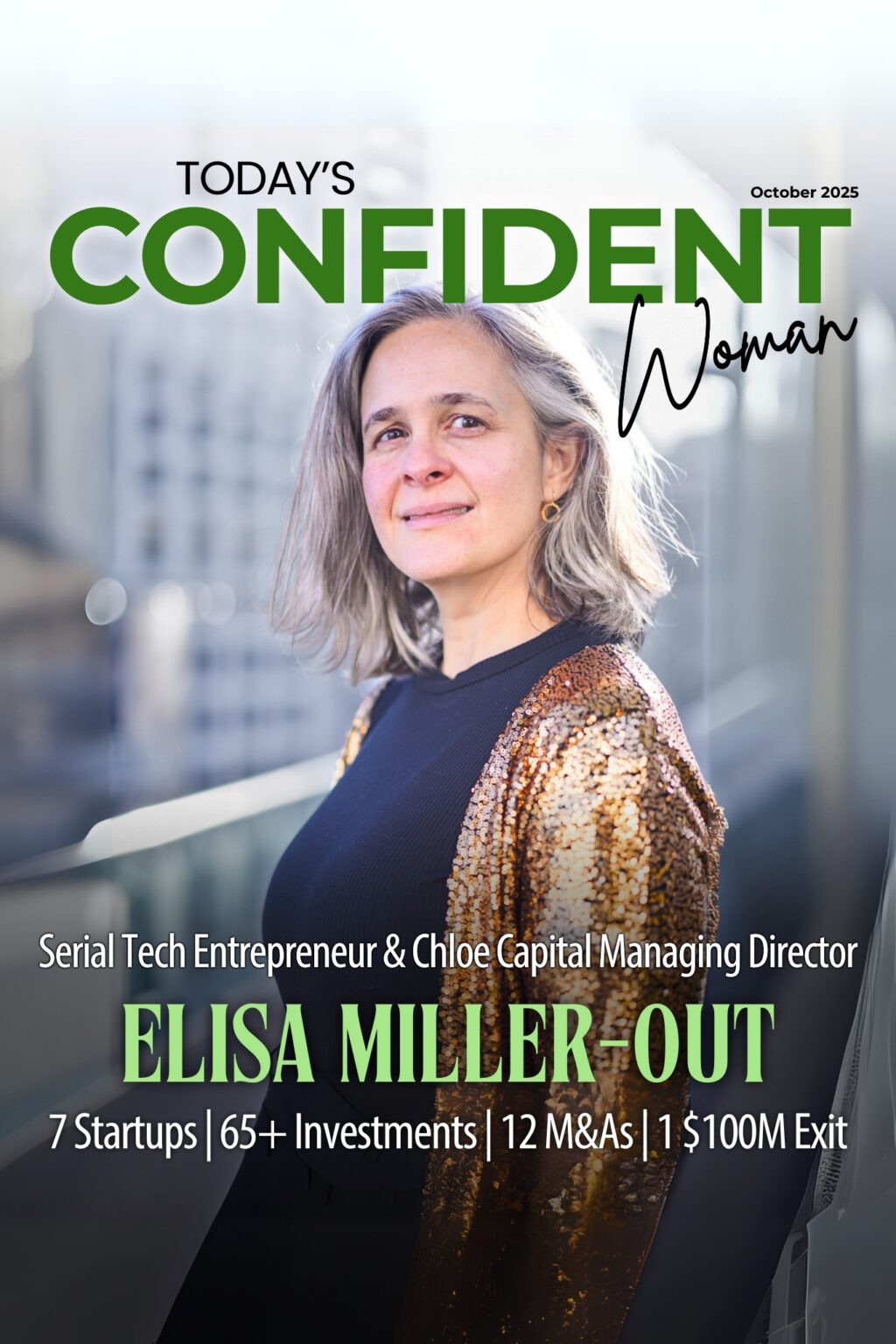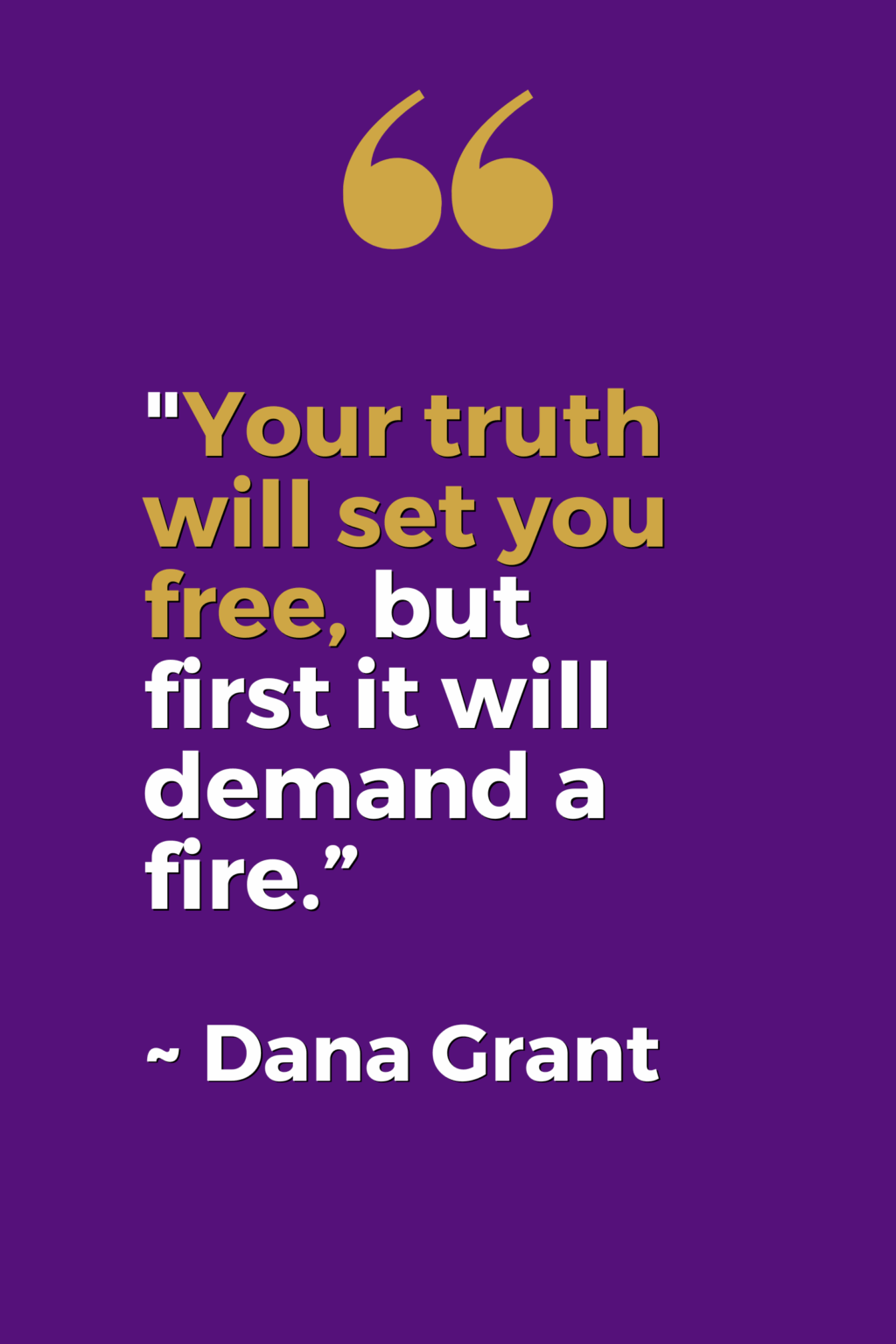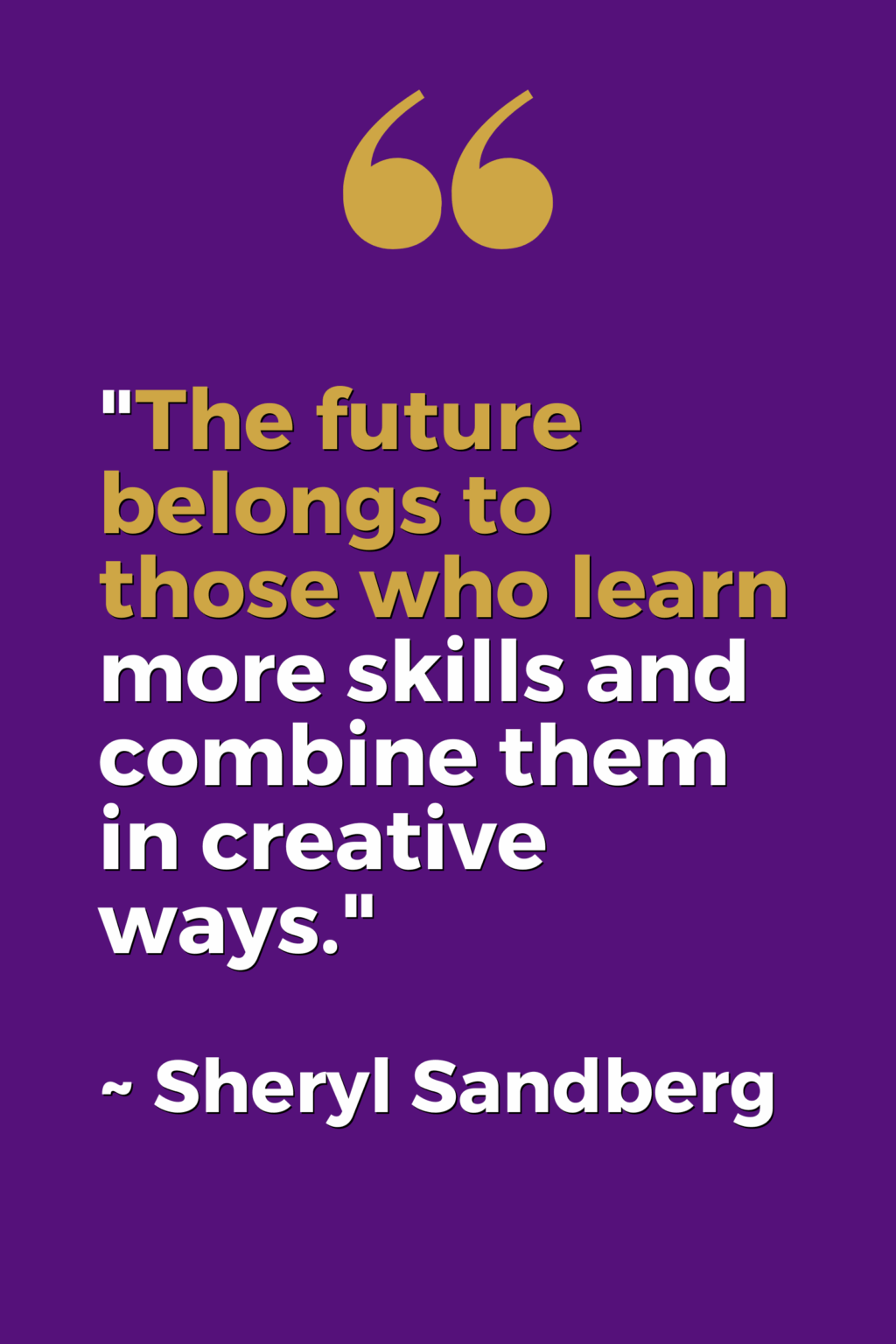
‘The Confidence Gap’ is not about ability, it’s about belief. And when people believe they don’t belong, can’t lead, or shouldn’t try, society loses.
Raj Girn
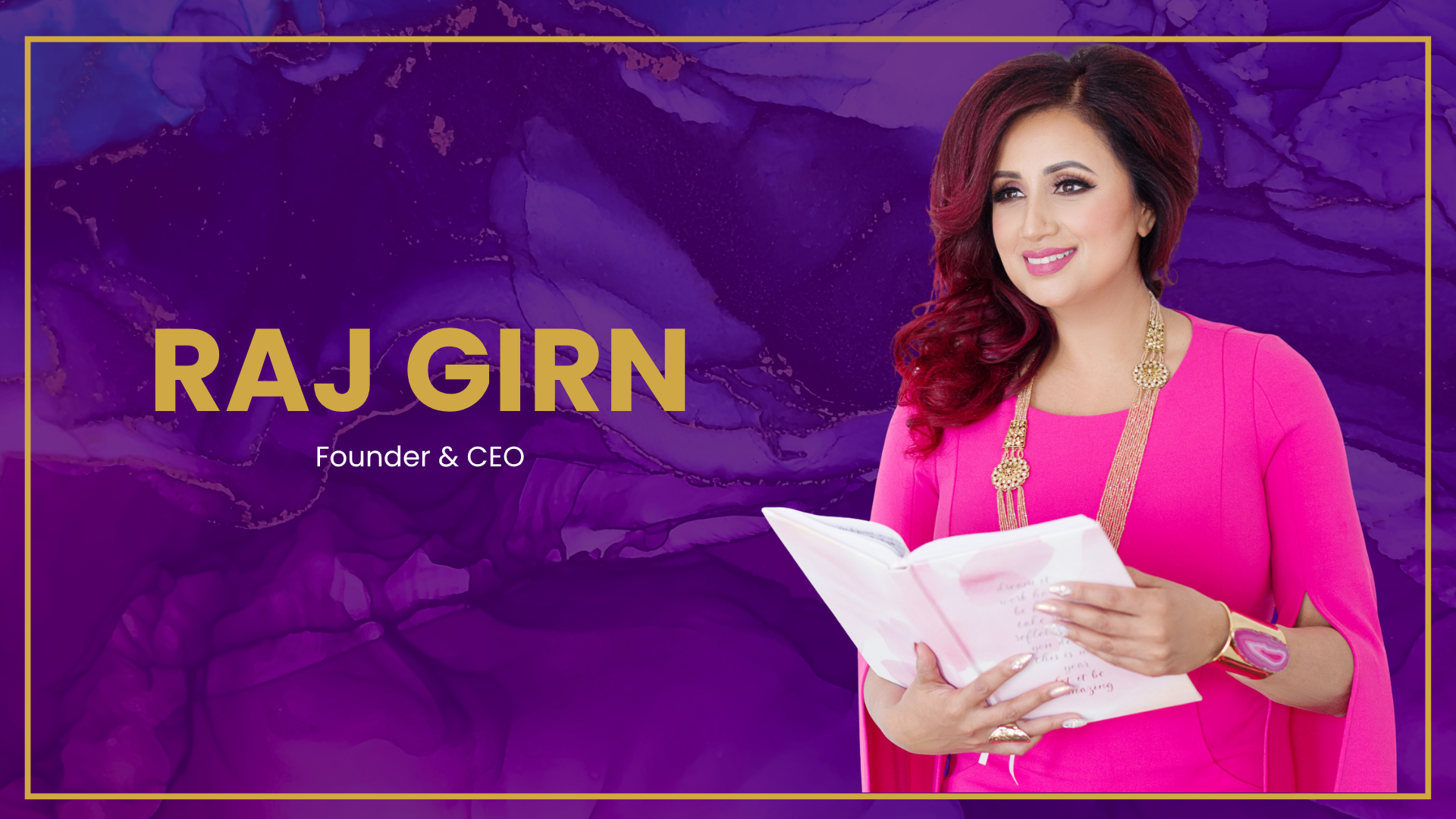
In an era defined by innovation, diversity, and rapid change, one invisible yet powerful barrier continues to limit individuals and, by extension, society as a whole, and that is ‘The Confidence Gap.’
This phenomenon, often defined as the disparity between individuals’ actual abilities and their self-perceived competence, disproportionately affects women, people of colour, and marginalized communities. While talent and intelligence are distributed equally across populations, confidence is not and the consequences are far-reaching.
‘The Confidence Gap’ Defined
‘The Confidence Gap’ is not a myth; it’s a measurable, well-documented psychological phenomenon, where studies have shown that men are more likely to overestimate their abilities, while women are more likely to underestimate theirs: even when performance is equal. For example, a Harvard Business Review internal report famously found that men applied for promotions when they met only 60% of the qualifications, while women only applied if they met 100%. This gap isn’t about competence, t’s about self-perception.
The roots of ‘The Confidence Gap’ are deep and often socialized from a young age. Boys are often encouraged to take risks, speak up, and show assertiveness. Girls, meanwhile, are praised for being polite, helpful, and “good.” Over time, these subtle reinforcements shape the internal narratives that influence adult behaviour. As a result, many talented women hold back, not because they aren’t capable, but because they don’t believe they are.
The Cost To Individuals & Organizations
The consequences of this gap are visible in virtually every corner of society. Talented individuals may self-select out of opportunities, leadership roles, or innovation challenges, depriving themselves and others of their full potential. In workplaces, this means fewer diverse voices at the table. In schools, it can mean female students don’t pursue STEM subjects as readily as their male counterparts, despite having the aptitude.
From an organizational standpoint, this is more than a social issue, it’s a business problem. Companies that fail to nurture confidence and create equitable environments for all employees, lose out on innovation, creativity, and diverse perspectives. Teams composed of individuals who second-guess themselves are less likely to take strategic risks or propose bold ideas. Conversely, overconfident yet underqualified leaders can steer organizations into poor decisions, bolstered by self-assurance that isn’t grounded in actual capability.

Society’s Broader Loss
Zooming out, ‘The Confidence Gap’ holds back not just individuals or companies but entire economies. According to a McKinsey Global Institute report, closing the gender gap in labor force participation and leadership, including disparities influenced by confidence, could add $12 trillion to global GDP by 2025. That’s a staggering figure that underscores the economic cost of undervaluing or underutilizing talent.
The political sphere offers another example. In many countries, women and marginalized groups remain underrepresented in positions of power. While structural barriers play a significant role, confidence also plays a part. Potential leaders may doubt their readiness or worry about being judged more harshly than their peers. This reduces the diversity of thought in policymaking and slows progress on issues that affect broad swaths of the population.
The Role Of Culture & Media
‘The Confidence Gap’ is reinforced and sometimes widened by perceived cultural norms and campaigned media portrayals. Social media, for instance, often showcases polished, curated versions of success, making it easy for individuals to feel like they’re falling short. Representation in media also matters, in that, when people rarely see others who look like them in roles of authority, innovation, or expertise, they may internalize the belief that such success is not for them, even though they are as qualified and anyone that may already hold such positions.
At the same time, confident women or people of color are often penalized for violating expectations. Research shows that assertive women are more likely to be perceived as bossy or aggressive, while confident individuals from minority backgrounds may be labeled as arrogant or “too ambitious.” These double standards feed into a cycle of self-doubt, reinforcing the very gap we need to close.
Narrowing The Gap: What Can Be Done?
Addressing ‘The Confidence Gap’ requires a multi-pronged approach.
It starts with early education that challenges gender and racial stereotypes and encourages all children to take risks, fail safely, and recover resiliently. Confidence, like a muscle, grows through use, and the earlier we start building it, the stronger it becomes.
In professional environments, mentorship and sponsorship programs can help build confidence by providing support, validation, and real opportunities for growth. Importantly, organizations must shift from simply hiring for diversity to actively developing inclusive cultures that recognize and reward a broad range of leadership styles.
Media and pop culture also have a role to play. By portraying a wider range of successful individuals and normalizing vulnerability, struggle, and growth, they can help shift societal expectations around who gets to be confident and why.
Furthermore, addressing ‘The Confidence Gap’ requires coordinated action across personal, institutional, and societal levels. It starts with awareness but must be followed by deliberate strategies that create environments where confidence can grow equitably.
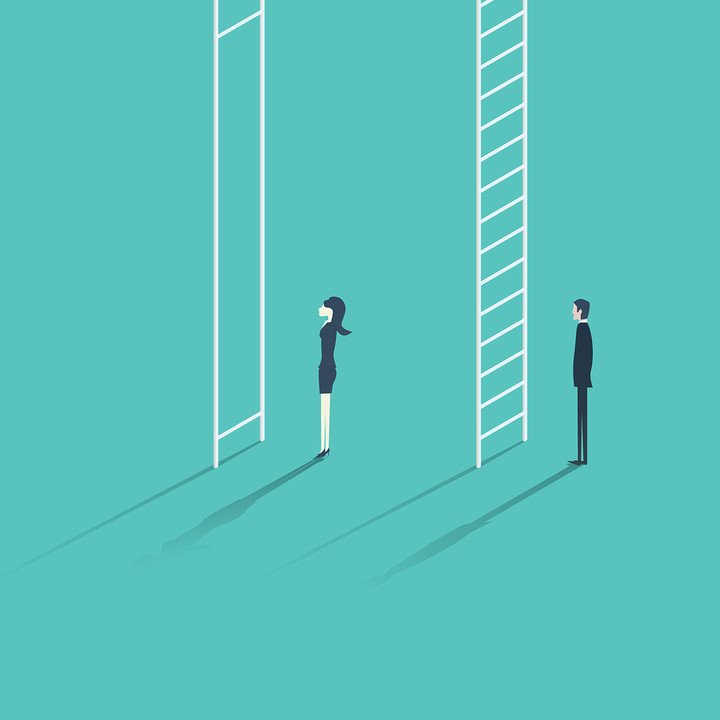
1. For Individuals:
- Practice self-awareness: Recognize when self-doubt is holding you back, and challenge your inner critic with facts, not fear.
- Adopt a growth mindset: View mistakes as learning opportunities rather than proof of inadequacy.
- Track your wins: Keep a record of your achievements, compliments, and positive feedback. Refer back to it when your confidence dips.
- Ask anyway: Apply for that job, pitch the idea, raise your hand, even if you don’t feel 100% ready. Confidence often follows action.
2. For Educators & Parents:
- Encourage risk-taking & resilience: Praise effort, not just outcomes. Help children learn from failure without shame.
- Eliminate gendered & biased feedback: Avoid calling girls “bossy” for being assertive, or boy “leaders” for the same behaviour. Use neutral language that fosters growth in all students.
- Promote diverse role models: Introduce students to leaders from all backgrounds. Representation fosters belief.
- Build confidence through public speaking & leadership opportunities: Give all students, especially quieter ones, structured chances to lead and speak.
3. For Employers & Team Leaders:
- Normalize vulnerability: Model self-awareness and acknowledge your own growth areas to create a psychologically safe space for others.
- Sponsor don’t just mentor: Go beyond advice, actively advocate for underrepresented employees in meetings and promotion discussions.
- Redesign performance reviews: Train managers to spot and correct bias in feedback that penalizes confidence in some while rewarding it in others.
- Create structured promotion pipelines: Make advancement criteria transparent to reduce overreliance on self-advocacy or subjective impressions.
4. For Policymakers & Society At Large:
- Fund programs that build leadership skills in underrepresented groups: Invest in initiatives that provide mentorship, public speaking training, and civic engagement for women, minorities, and youth.
- Support media literacy and confidence education in schools: Teach students how to critically assess social media and media portrayals that distort self-worth.
- Encourage media and advertising industries to diversify representation: Showcase confident, competent individuals from all backgrounds—not just the traditional archetypes.
- Legislate for pay transparency and equitable hiring: Financial empowerment and fair opportunity can significantly impact how individuals value their own worth.
In summary, narrowing ‘The Confidence Gap’ isn’t just about building individual self-esteem, it’s about changing the systems that cause people to doubt themselves in the first place. With intentional effort from every corner of society, we can cultivate confidence in all individuals and unlock the full spectrum of human potential.
In Conclusion:

‘The Confidence Gap’ is not about ability, it’s about belief. And when people believe they don’t belong, can’t lead, or shouldn’t try, society loses. We forfeit innovation, stifle progress, and perpetuate inequality. By narrowing ‘The Confidence Gap,’ we open the door to a more inclusive, vibrant, and successful world, one where everyone has the courage to speak up, step forward, and contribute fully. That’s not just a moral imperative; it’s a collective opportunity that benefits all!
If you need help to decipher the multi-layered dogma of ‘The Confidence Gap’, we are here to help. Email us at [email protected], and lets get you started!
Disclaimer: The views, thoughts, and opinions expressed in this article are solely those of the author and do not necessarily reflect, whether in whole or in part, the views of The Open Chest Confidence Academy, its owners, directors, management, employees, subcontractors, partners, affiliates, clients, or members.



